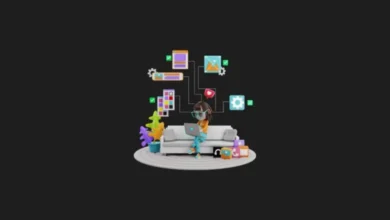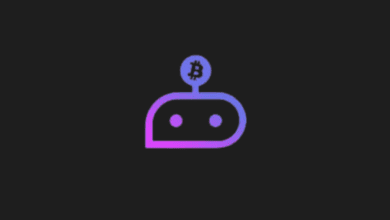Top 3 Most Popular Artificial Intelligence Coins
| # | Coin | Price | Marketcap | Volume (24h) | Supply | Change | Last 24h |
|---|



Gaming GameFi Coins Technical Analysis Tool © 2025 Gaming GameFi Coins Technical Analysis Tool In today’s rapidly evolving digital economy,…